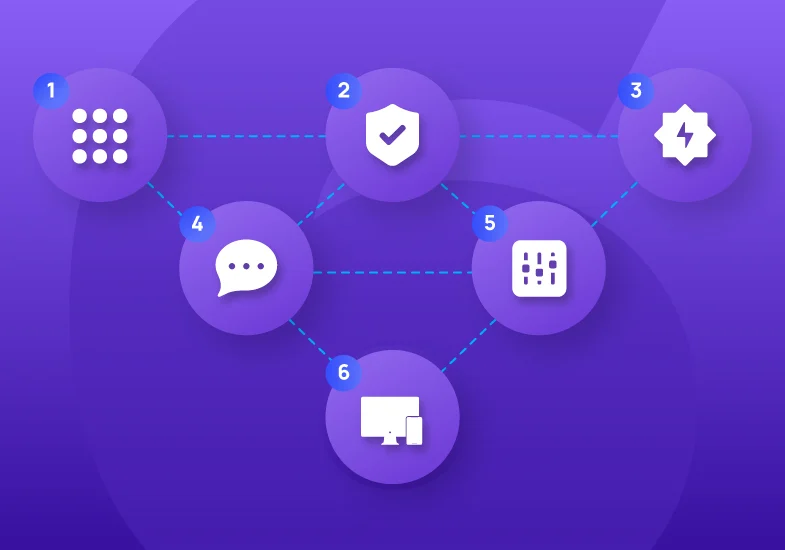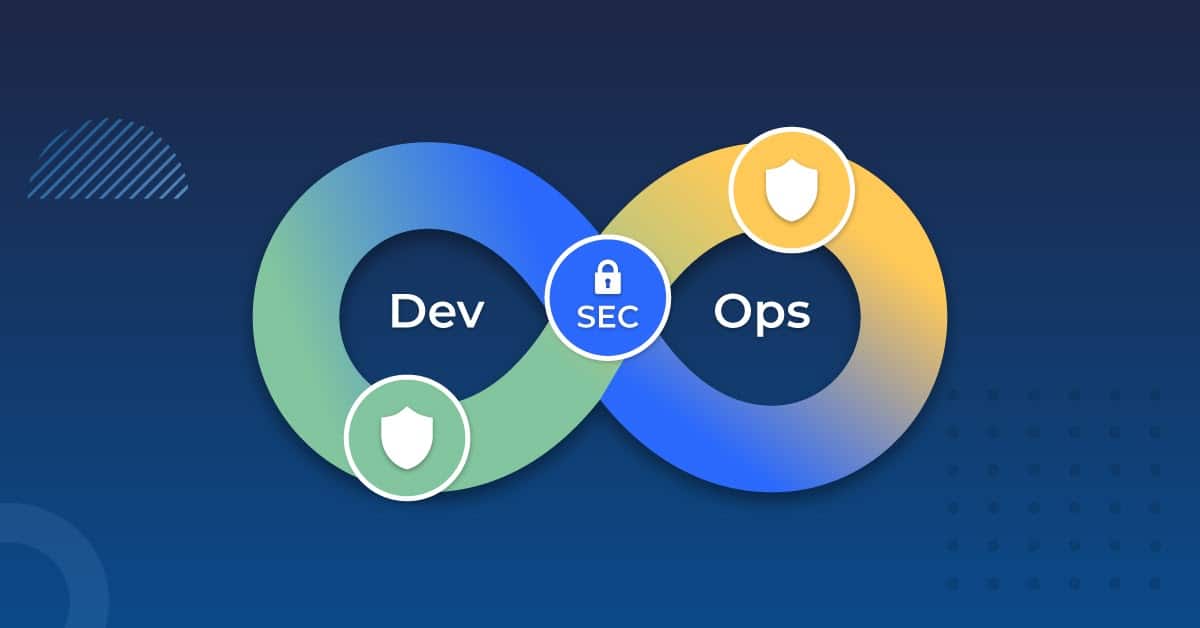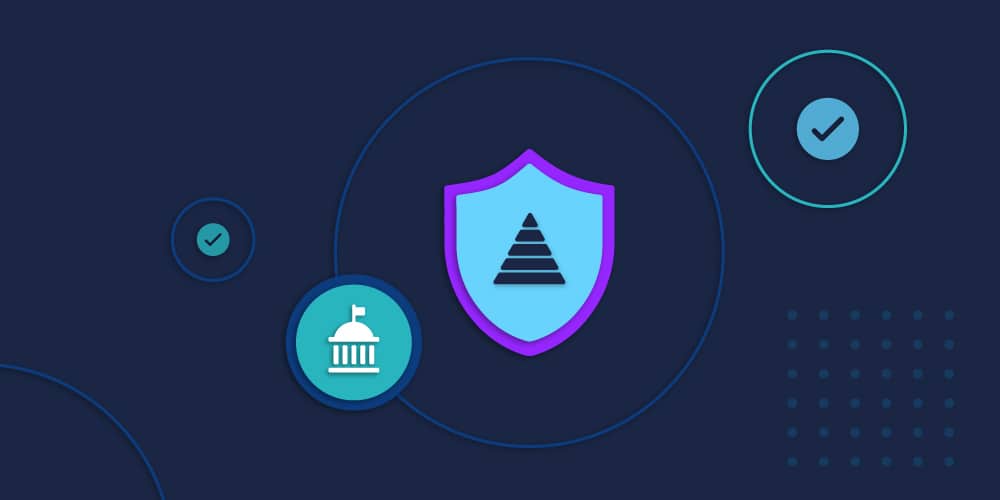How many people can walk into your house right this minute? You probably think: “just me and my family.” Then again, there was that time you gave a key to your parent. And to your neighbor. Did that pet sitter give a copy back when they moved away? Years pass, memory fades, but the list of people who can unlock your door keeps growing.
Third-party risk works the same way. Companies rely on a constellation of vendors for everything they need, from equipment maintenance to cloud storage. These relationships are essential to a business — but without constant vigilance, they can become its Achilles heel. After all, why would hackers need to pick your lock when they can steal your customer data via smaller, more vulnerable vendors that share your “key.”
This year, it happened to Toyota, Morgan Stanley, Upstox, and a long list of well-known companies. But it isn’t just the big fish who need to worry. For the vast majority, it’s not a matter of if, but when a third-party data breach will occur. And in 2022, one-fifth of these breaches became full-on attacks. These incidents are particularly insidious because they take an average 26 days longer to identify and contain — and if you’re operating in the United States, they cost about 5 million dollars more to remedy.
How vulnerable do your third-party relationships make you? Even if you’ve got identity management solutions in place, most aren’t designed to manage the complexity of governing third-party identities, let alone keep an eye on all the hidden channels into your organization’s systems.











